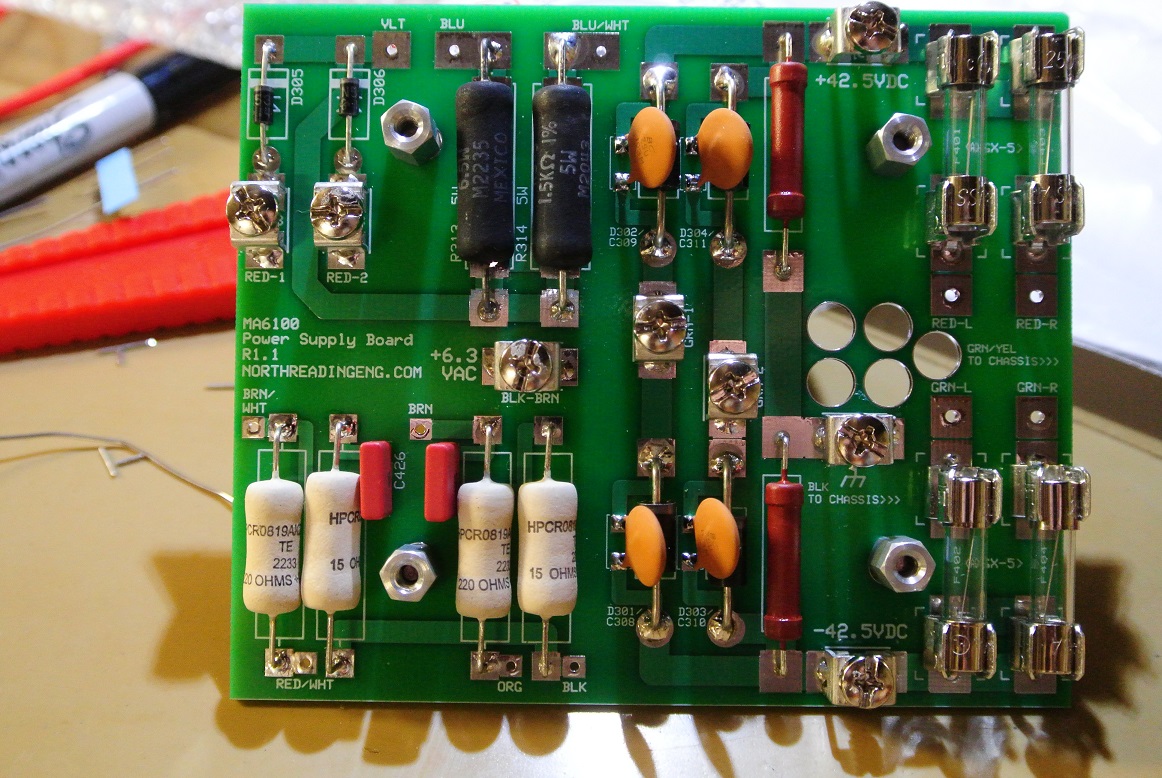The original Klipschorn was developed around a field coil, stiff paper surround 12" Jensen A12 "Concert Speaker". The prototype horn also contained a front chamber between the woofer and baffle acting as a shunt capacitance. Klipsch's discussions and ballparking assumptions are centered around this configuration. Also, for rear chamber calculations, his throat area was (correctly) based on the area of the transition between the 100Hz and 47Hz flare rates and not on the woofer baffle slot.
Half inch plywood is inadequate for this horn. Mid-bass peaks are attenuated by bracing the "V" panels that make up the rear chamber. It requires drilling, screwing and glueing edgewise a 1/2" thick, 3" wide plywood rib down the center of each panel.

